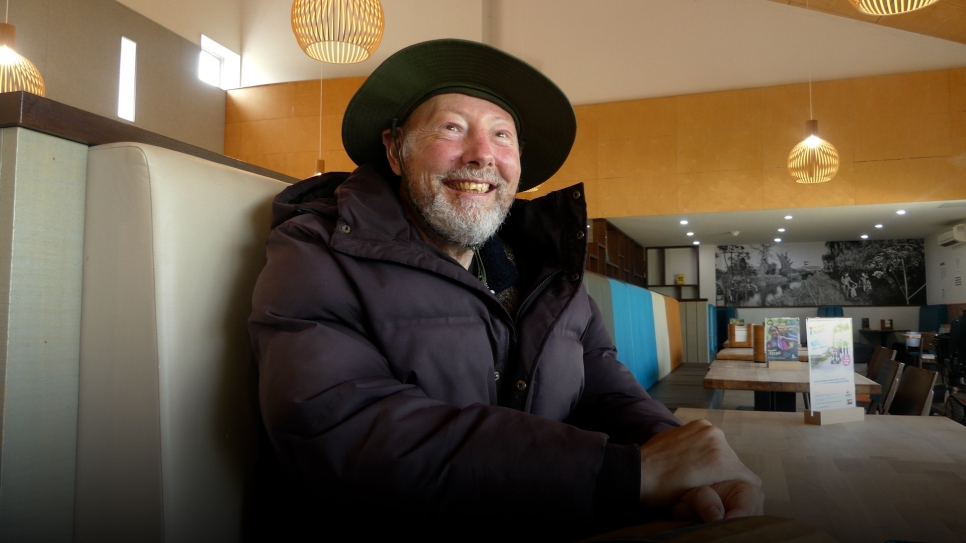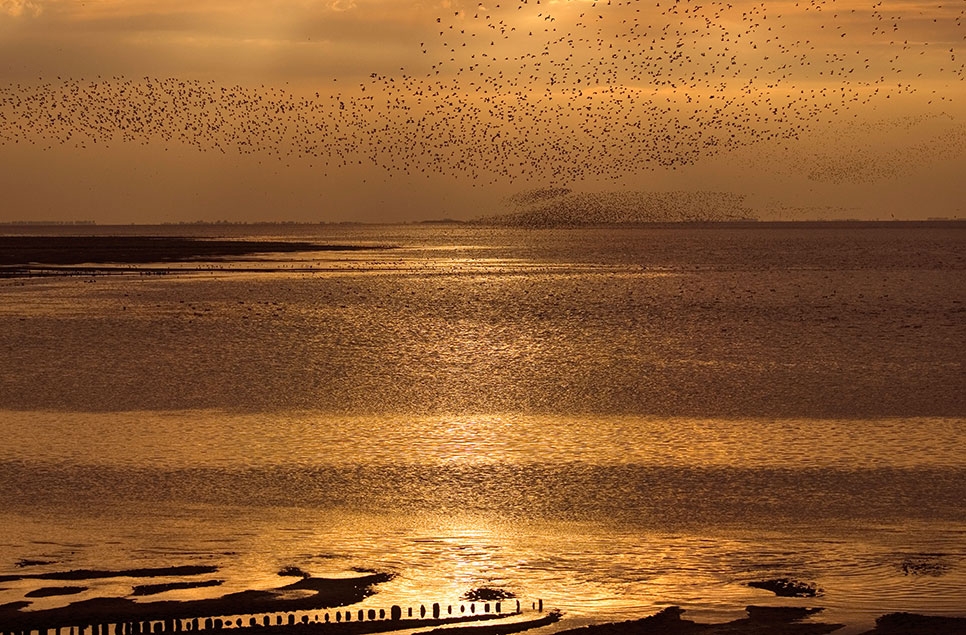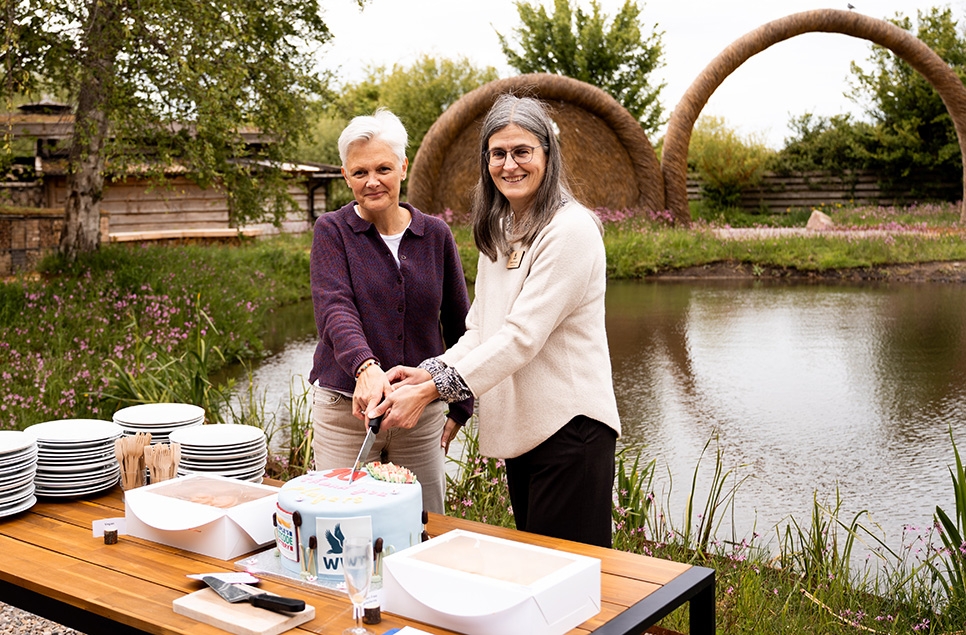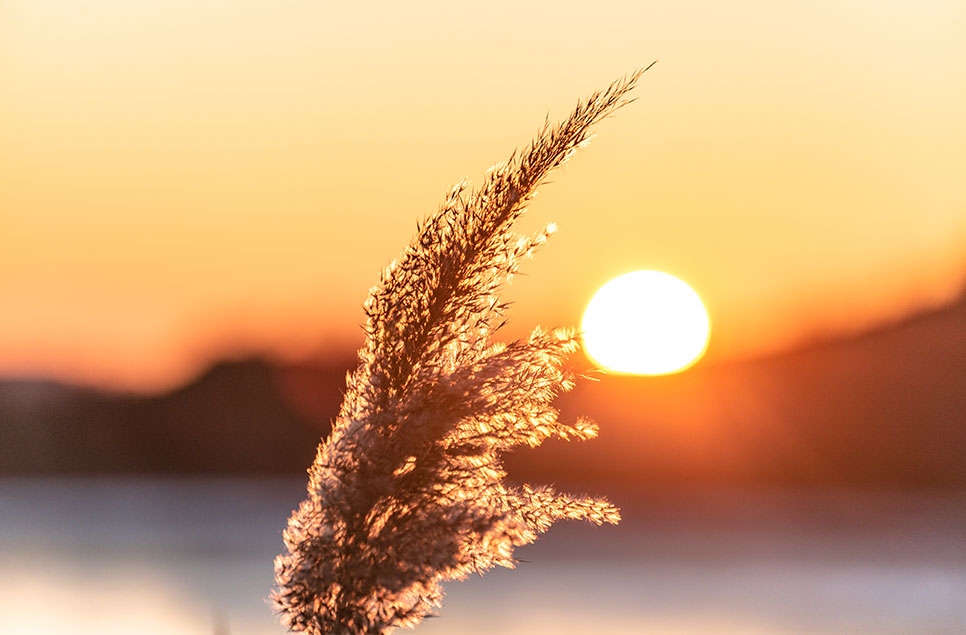WWT Snapshot - September 2017

Thank you to our 212,341 members for your support. Here’s a whistle-stop run through just a few of the things your support enabled us to achieve in the last three months - at our wetland centres, elsewhere around the UK, and around the world:
At our wetland centres
At Arundel, our sand martin bank had its first breeding success after a long period of encouraging the birds to nest for the first time.
At Caerlaverock, it’s been confirmed that last winter’s count of Svalbard barnacle geese, the majority of which overwinter on the site, was the highest ever - at 41,700. That’s an amazing increase of more than a hundredfold since the 1940s when there were less than 400 left.
At Castle Espie, the outdoor duckery has been renovated to provide a better viewing experience for the public. A fabulous new feature is underwater viewing windows to watch new ducklings learning to dive!
At Llanelli, a great new wild walk called “Explore” opened, alongside the Lego animal trail which is currently still at Llanelli as part of its UK tour of wetland centres.
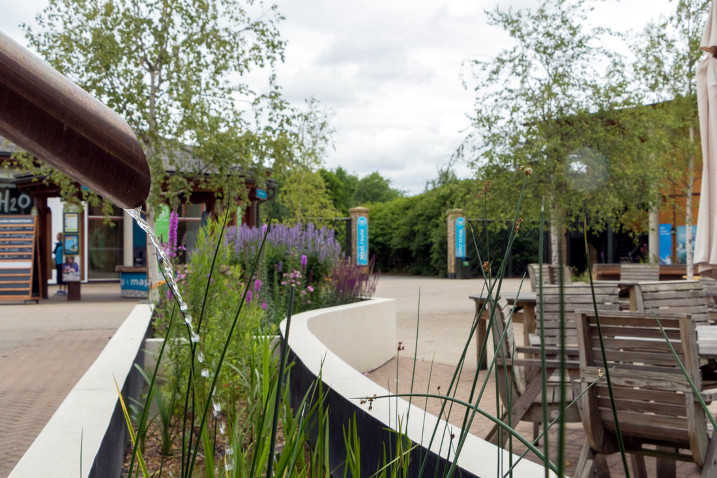
At London, a new courtyard feature garden uses raised ponds and beds to demonstrate how rain can benefit wildlife in urban environments. It’s a great place for a sit down and a cup of coffee.
Also at London, you may spot people wearing strange headsets, these are monitoring brain wave responses to walking around the wetland compared to urban environments. This is part of ongoing research into the health and wellbeing benefits of wetlands.
At Martin Mere, the Royal Bank of Canada’s RHS Chelsea 2017 gold medal winning garden (yes it’s that good) has been relocated to the new Wooded Wetlands area as its permanent home.
At Slimbridge, there has been plenty going on:
- We successfully trialed rearing methods for Britain’s rarest breeding duck, the common scoter, using long-tailed ducks as stand-ins. This is to find ways we might help the last few British breeding pairs in the Highlands to boost their productivity.
- Work is nearly complete on a great new cottage garden. This includes an oak framed pagoda that channels water into a mini-wetland, and a “Tree of life” which will be filled with in memoriam leaves.
- Eel surveys have found good numbers across the reserve. However larger, older eels dominated, suggesting there may be barriers to young eels accessing the site.
At Steart Marshes, Environment Secretary Michael Gove MP paid a visit. He found out how the wetland has increased the value of the services the land provides, since being converted from low grade farmland. These services include flood relief, salt beef grazing, fish nurseries and volunteering opportunities. The visit comes at a crucial time because the Government is looking at how these sorts of “natural capital” values can be incorporated into post-Brexit policy and law.
At Welney, there is great news as the 26 black-tailed godwit fledglings that WWT hatched and raised in spring have all now moved on successfully. This species is struggling badly in the east of England so these additional fledglings will help to reduce the risk of losing the species entirely. New electric fences and gates have helped to deter predators. There are now 62 black-tailed godwits carrying tags which will help to monitor individuals’ movements.
Around the UK
In Enfield, major earthworks have started to transform part of the Prince of Wales open space into a community wetland. Local people have been consulted and are inputting into the design. Hundreds of children from the local primary school have been on educational visits there to see what’s happening.
In Slough, scoping work has begun for potential wetland creation along the Salt Hill stream as part of our community work around Salt Hill Park.
In Norfolk, research as part of a farm ponds project is producing findings suggesting restored ponds can produce more insects than unmanaged ponds. This can have onward benefits in terms of pollination and food for other species, especially birds.
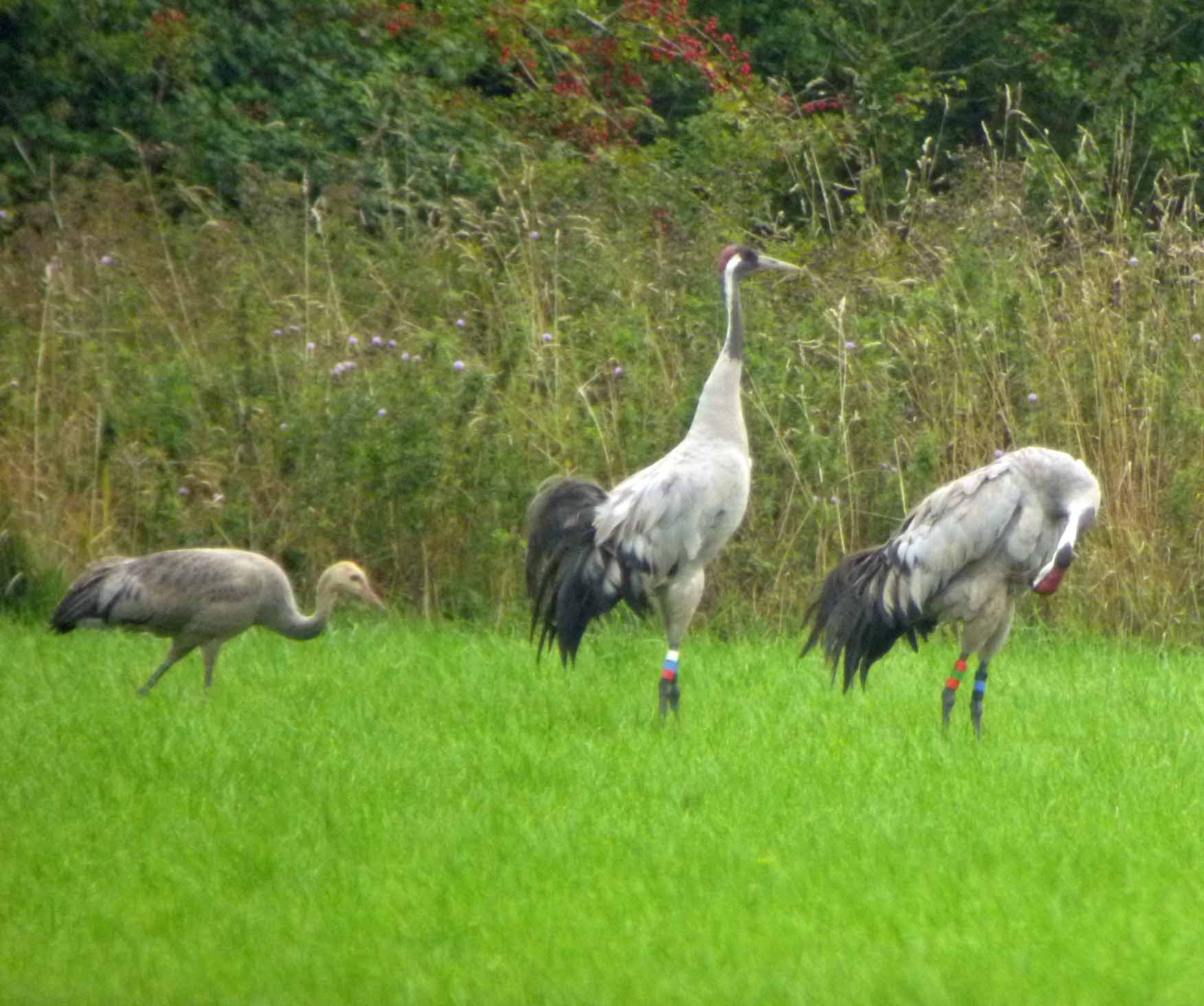
In Somerset, we continue to monitor Eurasian cranes who were raised at Slimbridge and reintroduced to the West Country after an absence of 400 years. Four of the chicks they produced in the wild in 2017 survived to fledging. The reproduction rate hasn’t yet reached sustainable levels but the birds are getting more experienced every year and productivity is increasing.
In Scotland, research work has begun on the impacts of beaver dams on water management.
Nationally WWT is in advanced talks regarding a number of potential wetland or river catchment projects in the south of England as well as smaller scale projects at a nature reserve in Tyne & Wear, a care home in Surrey, a landfill site in South London and a number of potential housing developments.
At Westminster we are working with environmental coalition Greener UK to encourage specific amendments to the EU Withdrawal Bill (the “Brexit Bill”), to benefit the environment post-Brexit. WWT’s Head of Government Affairs met with ministers, Government lawyers and Parliamentarians to that end. He also attended all the major party conferences and spoke at a Lib Dem conference event.
Around the world
In the Asia Pacific region, three more Critically Endangered spoon-billed sandpipers were fitted with tiny satellite tags to monitor their movements. Already these have revealed previously unknown staging sites in North Korea. Meanwhile a quarter of the 141 spoon-billed sandpipers that WWT has successfully hatched, reared and released have now been spotted in the wild and appear to be doing well.
In Europe we’re researching the decline of the common pochard, which has seen it become globally red listed. It seems female numbers are dropping faster than male. Possible reasons could be females being predated while sitting on nests, or the fact they migrate further south than males to Mediterranean areas with intense hunting.
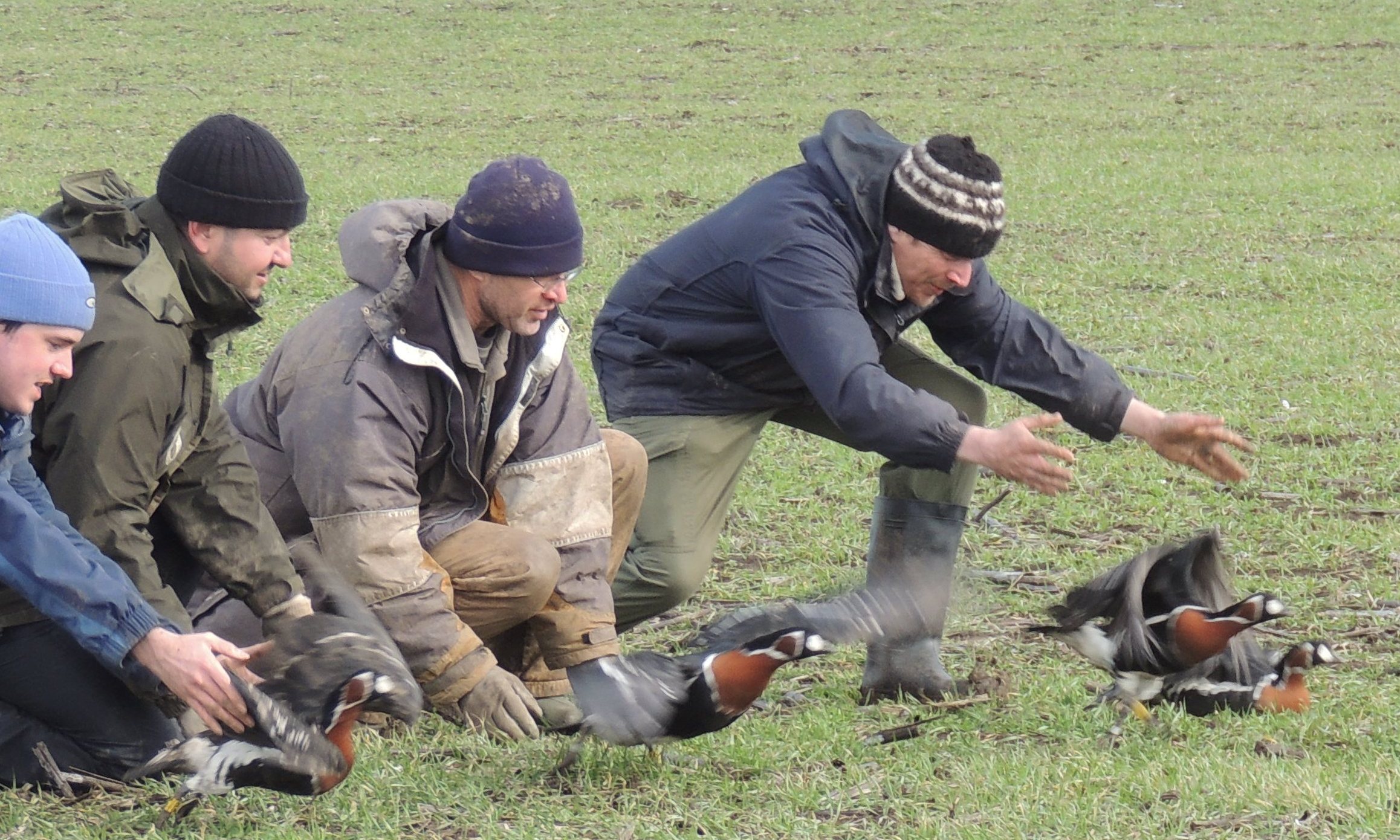
In Bulgaria, our research into how red-breasted geese are affected by wind turbines is complete. Our study shows they avoid foraging in the immediate area around the turbines, but they avoid foraging near powerlines, roads and tree-lines too. Almost the entire species population overwinters in this part of Bulgaria, with numbers having dropped by half in recent decades.
In China, WWT’s Chief Executive Martin Spray was invited by the State Forestry Administration and the Paulson Institute to speak at a coastal restoration conference in Panjin. WWT was the only western NGO invited to speak. Martin used WWT Steart Marshes as an example of how wetland creation can benefit people and wildlife.
Separately Martin met with senior Chinese government representatives to discuss future wetland policy. He also met with NGOs and developers to discuss plans for the future of wetlands in the Deep Bay area. WWT has a track record of helping local communities to find sustainable solutions in these types of situations and had useful discussions with both sides.
In Iceland, 386 pink-footed geese were caught and ringed during the wing moult. Of these, 22 were fitted with GPS tags. The data will inform an assessment WWT is doing of the cumulative risk of collision with wind turbines across the UK.
In Madagascar, water quality testing suggests pesticides are a continuing problem in a lake that WWT has earmarked for reintroduction of the world’s rarest duck, the Madagascar pochard. We’re working with farmers to reduce pesticides in local rice farming. We’re also helping community groups to design local agreements for managing natural resources.
In Russia we’ve been working hard to look for clues as to why the Northwest European Bewick’s swan population is declining so dramatically. Over the summer:
- We drilled sediment cores from 13 lakes in the Nenets region. These will be studied to look for historical environmental clues for the Bewick’s swan’s decline.
- We caught and ringed 86 Bewick’s swans in North West Russia to help monitor the movements of individuals. Snow and ice had persisted to the end of June and observations suggest 2017 might have been a poor breeding season.
- We agreed a resolution with Russian partners to reduce illegal hunting. As a result, identification materials will be distributed to local hunting communities to help them differentiate Bewick’s swans – which are illegal to shoot – from whooper and mute swans which can be legally shot there. This sort of engagement has been greatly helped by last year’s “Flight of the Swans” paramotor expedition which opened lots of doors for us.
In Taiwan, WWT’s Sacha Dench met the country’s President, former President and Education Minister as she toured the country on the invitation of the Chou Ta-Kuan Cultural & Educational Foundation. The Foundation presented her with an award for her record paramotor flight following Bewick’s swans from Russia to the UK. She gave a number of speeches to thousands of schoolchildren to inspire them to do equally amazing things with their lives.
